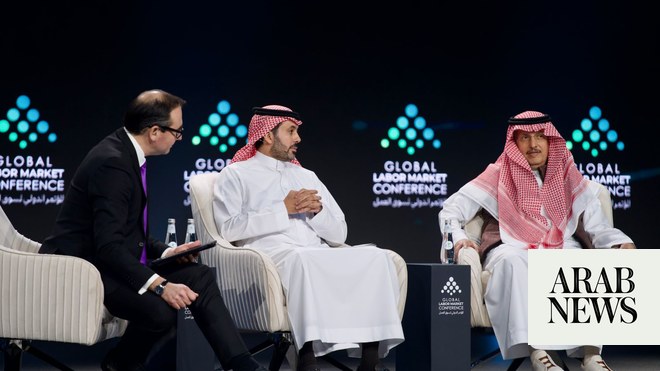
If there is a single moment in Yemen’s history that illustrates young people’s lack of power, it is the 2011 “independent youth” uprising. That 11-month quest for better governance and economic opportunity unlocked a Pandora’s box of competing political interests that overshadowed the voices of youth, demonstrating that they were merely pawns in a larger battle for control between political elites and informal tribal structures.
While some youths hold that their movement was a success, arguing that “change” by itself was a crucial step that altered the political dynamics in Yemen, it remains clear that independent youth miscalculated their leverage in negotiating a political settlement or averting the cataclysmic leadership failure that led to the Houthi militia’s takeover of Yemen’s capital in September 2014.
Yemeni political parties, including the major opposition party Congregation for Reform (Al-Islah), were welcomed by independent youth, who felt the momentum of their movement was gaining strength in numbers. However, the independent voices became dwarfed by party politics. As a result, the negotiations of Yemen’s political settlement inadvertently excluded independent youth from the process, with the National Dialogue Conference containing just 40 youth delegates out of 565. While some initiatives sprung up to provide a platform for the youth, such as Al-Watan and the Justice and Building Party, their influence dissipated as they became affiliated with the transitional government of Yemen. The clamoring of parties around the political process ended up putting the youth in the back seat of a movement they initially drove.
The NDC stipulated the creation of measures to ensure youth participation in critical socio-political issues, including a new Supreme Council for Youth, which would incorporate public policy on youth issues. But the government has not taken any steps to execute such progressive national policies that would focus on youth inclusion. This in part explains the emergence of new movements that compete with national objectives, such as the Southern Transitional Council, which has provided a regional base of support to young women and men from the South.
Unfortunately, Yemen’s political and economic situation during the war has shrunk the space for youth participation to an alarming degree. Although young people make up about 60 percent of Yemen’s 28 million-strong population, their voice is still in the minority. Today, youth continue to be excluded from the political process, as peace talks are focused on the already strong and established parties and individuals with influence over the situation on the ground.
The young women and men who sparked initial change are the country’s best hope of getting out of the current crisis, as their bitter experience and the civil war is making them more attuned to political realities on the ground.
Fatima Abo Alasrar
While support for youth in the political space can be found in some piecemeal initiatives, the lion’s share goes to humanitarian projects due to the current conflict. “We could achieve peace through development,” said Yasmin Al-Nadheri, a Yemeni youth, peace and security expert. “Youth and civil society organizations have done phenomenal work helping their communities on the local level and development projects could engage youth constructively and employ people, as well as stitch up the social fabric that was torn by the war.”
The process of selecting organizations for Track 2 peace building processes (parallel to the high-level Track 1 focusing on early recovery) appears to be haphazard and sporadic, according to some youth. The founder of Peace Track Initiative, Rasha Jarhum, was disappointed with the systematic negligence of Yemeni youth: “The former UN Special Envoy, Ismail Ould Cheikh Ahmed, did not take serious efforts to include youth in the peace process. This was disappointing for independent youth and a setback if compared to the youth participation in the national dialogue.”
Prior to the uprising, donors and many international civil society organizations active in Yemen had focused on sustainable democracy programs that invested in people and empowered civil society. Today, the catastrophic economic situation and humanitarian crisis have led to a complete shift of focus from sustainable governance and democracy programs to humanitarian efforts. This was an abrupt and shortsighted change, as it failed to recognize the role of youth in organizing aid delivery, monitoring and evaluation, and reaching out to local communities.
Lack of sound programming and inclusion in political processes has also affected young people’s morale, as they feel they are being used as data points for a study rather than an actual partner in change. “For the past two years, I have spent time and money when requested to meet with foreign dignitaries but, when it comes to following up, they rarely engage,” said Said Al-Nadheri. “It is also alarming that the international community is narrowing their focus on a few Yemeni organizations that are patriarchal,” adding that they are “not inclusive in their programming” and work on things that fail to represent a broad spectrum of youth.
With the war soon to enter its fourth year, breaking the barriers to youth inclusion must start with supporting, engaging and funding various youth groups inside and outside Yemen. The young women and men who sparked change are still Yemen’s best hope of getting out of the current crisis. If the youths’ initial experience appeared myopic, the difficult risks they are incurring on the ground today as a result of their bitter experience and the civil war is making them more attuned to the political realities that they minimized in 2011. Trust and support for youth is essential in order to avert another miscalculated political gambit.
• Fatima Abo Alasrar is a senior analyst for the Arabia Foundation in Washington DC. Twitter: @YemeniFatima












